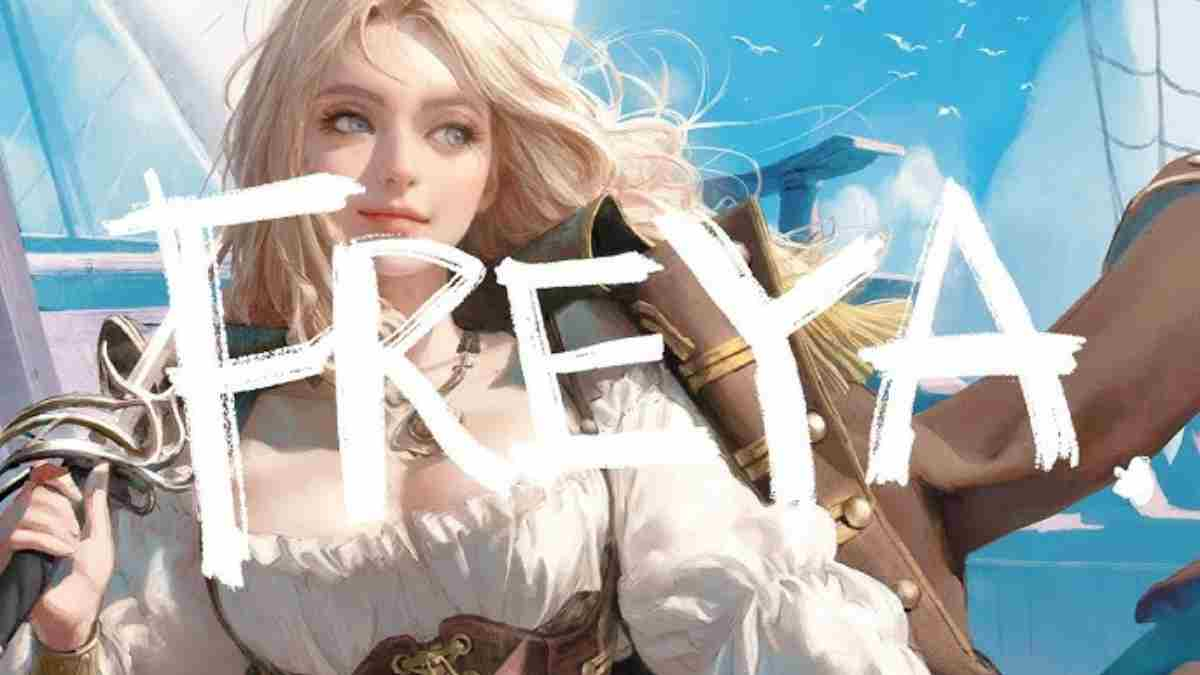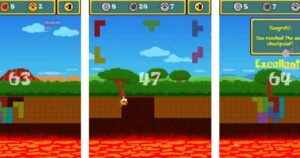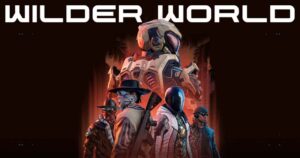Freya: The Starfall comes from a wave of Web3 games trying to shift focus from grind-to-earn mechanics toward actual narrative and design. It’s not an open-world survival sim or idle farming loop. Instead, it leans on episodic progression, character growth, and anime-style drama, all wrapped in a fantasy setting.
Rather than launching as a full release, Freya is being introduced in seasons. The first one, called “Starfall Episode 0,” acts more like a playable prologue. It sets up the main cast, introduces basic mechanics, and begins establishing the game’s larger world through a mix of lore drops and short missions.
Gameplay built around exploration and decision-making
The gameplay doesn’t revolve around fast-paced combat or crafting. Instead, players move through environments, interact with NPCs, make choices that impact character arcs, and uncover bits of the story across short but structured episodes. The tone is more visual novel than action RPG, but it still gives players enough agency to feel involved in what happens next.
There are some light RPG systems — stat development, gear, and character affinities — but nothing overly complex. It’s closer in spirit to Genshin Impact’s narrative sequences than to its combat-heavy exploration. And unlike many crypto-native games, there’s a real effort to make the pacing feel deliberate rather than gamified for yield farming.
Visual style draws heavily from modern anime
Visually, Freya fits squarely in the “anime Web3” trend that’s been picking up traction. Characters are drawn with sharp linework, bold color palettes, and stylized proportions, reminiscent of mobile gacha titles. The environments are more subdued, but still detailed enough to support the sense of mystery and discovery the game is going for.
What stands out is the emphasis on cinematics. Even in early gameplay footage, the devs prioritize scripted scenes and emotional beats. It’s not quite at the level of AAA anime games, but it’s a clear move away from the functional, UI-heavy design that dominates much of the Web3 space.
Web3 elements focus on ownership, not speculation
The game runs on Arbitrum, and character NFTs play a central role. But instead of turning them into passive assets or mining tools, the design gives them narrative significance. Your character isn’t just a wallet-bound token, it’s the core of your progression. Choices, items, and evolution tie back to the NFT itself, giving continuity across episodes.
There’s also a guild system tied to these NFTs, hinting at social layers beyond solo play. But at least in the current phase, nothing revolves around token grinding or market speculation. There are no tokenomics spreadsheets to memorize — just story and structure.
Freya: The Starfall is still in its initial rollout. The first playable content is short, and many systems are clearly in early testing. But what’s there already feels more coherent than most Web3 RPGs at this stage. Instead of overpromising open worlds or DeFi economies, it’s trying to build something that could pass for a normal game — one with blockchain underneath, not on top.
For players who are more interested in story and worldbuilding than token flipping, this might be one of the few upcoming Web3 titles worth keeping an eye on. Whether it can grow beyond its niche will depend on how future episodes land and how the community evolves around it.
Web3 Analyst & Play Blockchain Games Guide
CryptoKit breaks down Web3 gaming like it’s second nature. From tokenomics to airdrop strategies, she turns blockchain chaos into clear, actionable advice for players who want to win more than XP.




